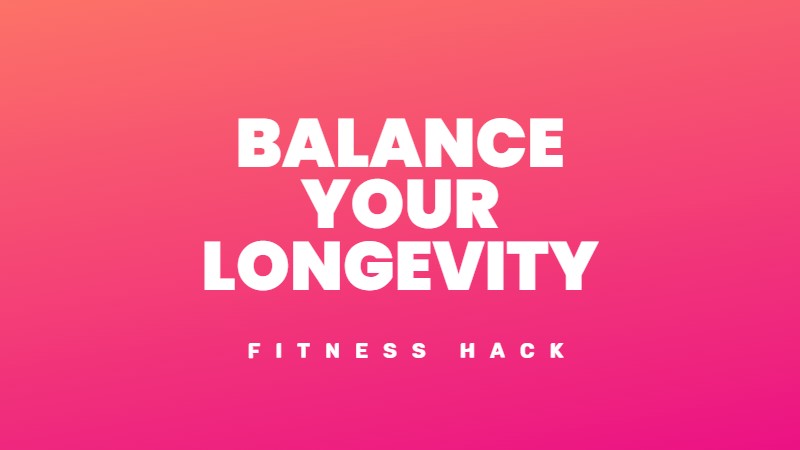You know that goal sitting in the back of your mind? The one you think about when you’re stuck in traffic or lying awake at 2 AM? Maybe it’s writing that book, launching your consulting business or finally learning Spanish.
You’ve tried working on it before. You got excited, made some progress for a week or two, then life happened. Emails piled up. Meetings multiplied. Your goal got buried under the daily grind.
What if there was a way to guarantee progress on that goal every single day? Enter the 90/90/1 rule.
Robin Sharma created this simple system in his book The 5 AM Club, and it cuts through all the complexity of goal achievement. No fancy apps. No complicated systems. Just three numbers that will transform how you approach your most important work.
What is the 90/90/1 rule?
The math is beautifully simple:
You dedicate the first 90 minutes of your workday to your most important goal for 90 consecutive days. That’s it. No multitasking. No checking email. No “quick” social media breaks. Just you and your goal.
The beauty lies in its constraints. You can’t work on five different projects. You can’t squeeze it in “whenever you have time.” You pick one goal and give it your best 90 minutes every day for three months.
Why this simple formula works
Your brain craves routine more than you realise. When you repeat the same behaviour at the same time every day, you stop relying on motivation and start building automatic habits.
Research shows it takes an average of 66 days to form a new habit. The 90/90/1 rule gives you 24 extra days to cement this routine into your life.
But here’s what makes this rule special: it targets your peak cognitive hours. Your brain operates at maximum capacity in the morning. Your willpower tank is full. Your focus hasn’t been scattered by a dozen different demands yet.
Studies show we make roughly 35,000 decisions per day. Each one depletes our mental energy. By tackling your most important goal first thing, you attack it with fresh mental resources instead of exhausted leftovers.
The rule also taps into something psychologists call “flow state.” When you work on one task for an extended period without interruption, your brain shifts into deep focus mode. Research indicates people are more productive when they achieve flow state compared to normal working conditions.
How to set up your 90/90/1 system
Getting started requires more than good intentions. You need a plan.
1. Pick your one goal
Choose something specific and meaningful. “Get in shape” is too vague. “Complete a half-marathon” works. “Learn coding” is fuzzy. “Build and launch my portfolio website” is clear.
Your goal should excite you and scare you a little. If it doesn’t make your heart beat faster when you think about achieving it, pick something bigger.
2. Block your morning time
Ninety minutes sounds like a lot, but it flies by when you’re in flow. Schedule this time like you would a doctor’s appointment. Make it non-negotiable.
Tell your family, roommates, or coworkers about your morning block. Let them know you’ll be unavailable during this time. Set boundaries and protect them fiercely.
3. Create your workspace
Your environment shapes your focus. Before you start each session, eliminate every distraction you can control.
Turn your phone to airplane mode. Close your email. Shut down social media tabs. If you work from home, find a space where people won’t interrupt you.
Stock your workspace with everything you need. Water bottle. Notepad. Reference materials. Whatever tools your goal requires. The last thing you want is to break focus hunting for supplies.
4. Plan each session
Spend the first five minutes of each session outlining what you’ll accomplish. This prevents you from staring at a blank page wondering where to start.
Break your big goal into daily tasks. If you’re writing a book, your daily task might be “write 500 words of chapter three.” If you’re learning a skill, it could be “complete lesson four and practice the examples.”
Keep a running list of tasks so you never sit down empty-handed.
Real-life examples of the 90/90/1 rule
Writing Projects: Sarah wanted to write a novel but never found time. She committed to writing for 90 minutes every morning before work. Some days she wrote 800 words. Other days just 200. After 90 days, she had a complete first draft of 75,000 words.
Business Launch: Marcus dreamed of starting a consulting practice but felt overwhelmed by everything involved. He used his 90 minutes to work on one piece each day: creating his website, writing his first blog post, and reaching out to potential clients. Three months later, he had his first paying customer.
Skill Development: Jennifer wanted to learn data analysis to advance her career. She spent 90 minutes each morning working through online courses and practising with real datasets. By day 90, she had built three portfolio projects and felt confident applying for analyst roles.
Fitness Goals: David committed to training for his first triathlon. He used his 90-minute block for swimming, cycling, or running, following a structured training plan. The consistency paid off when he completed his race three months later.
When the rule gets tough
Life will test your commitment. Here’s how to handle the most common obstacles:
Making the rule fit your life
The 90/90/1 framework is flexible. Adapt it to match your situation:
The compound effect of daily focus
Here’s what happens when you stick with the 90/90/1 rule:
The rule works because it turns overwhelming goals into manageable daily actions. Instead of wondering “How will I ever write a book?” you ask “What will I write in the next 90 minutes?”
Your next 90 days start now
Pick your goal. Block your time. Start tomorrow.
Don’t wait for Monday. Don’t wait for the new year. Don’t wait until you feel ready. You’ll never feel completely ready for something that scares you.
The 90/90/1 rule isn’t magic. It’s a focused effort applied consistently over time. But that combination is powerful enough to transform dreams into reality.
Your biggest goal is 90 days away.




Deixe comentários sobre isso